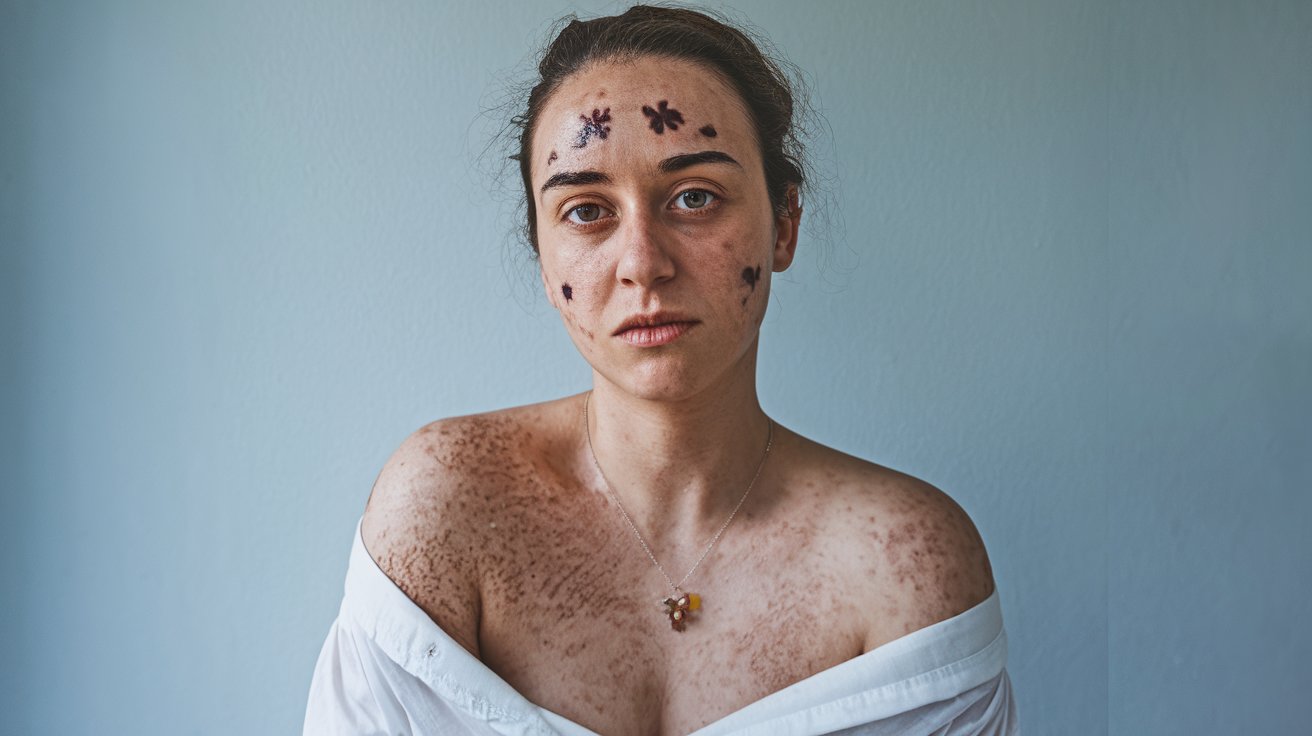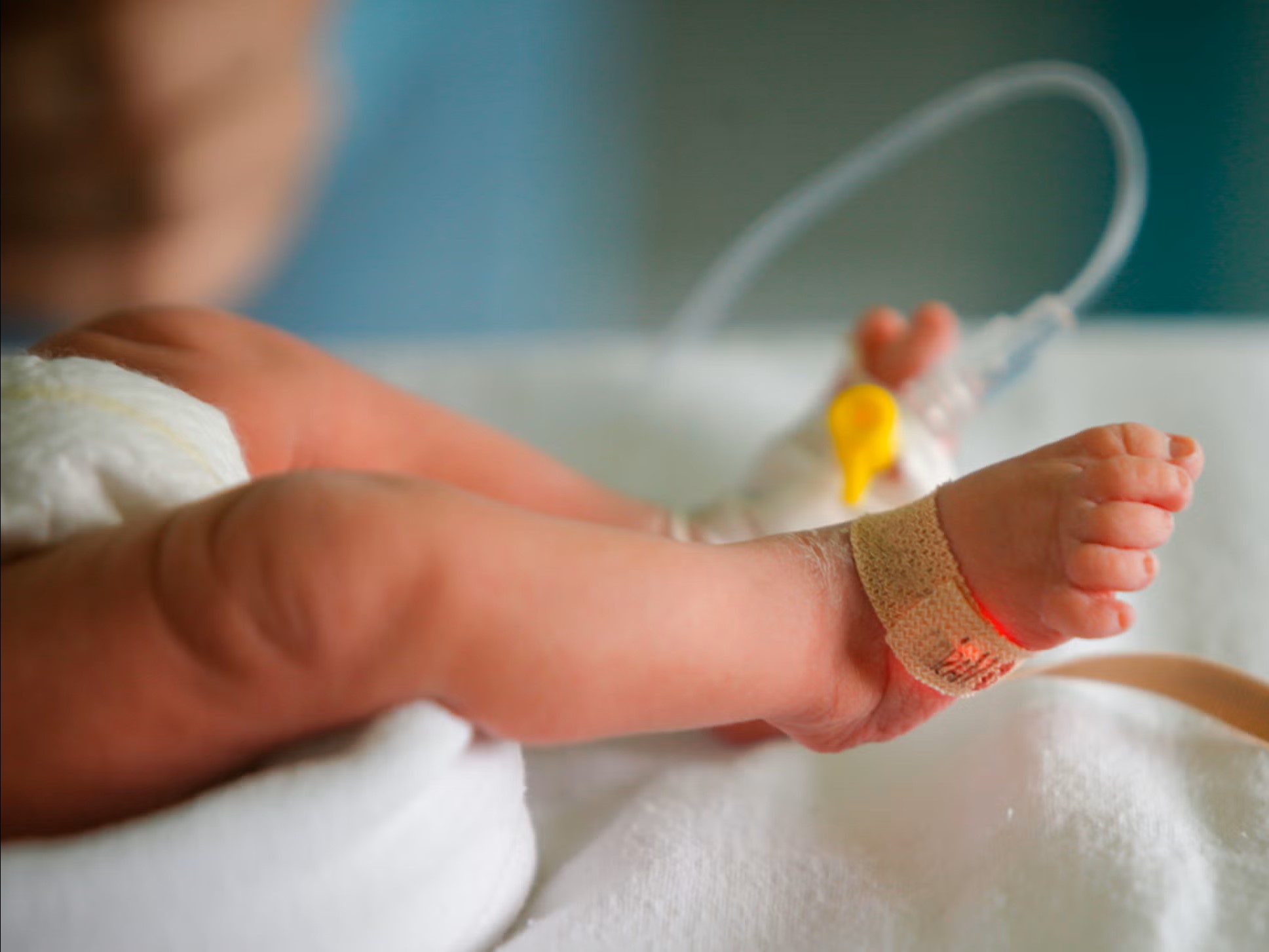
Rosselli–Gulienetti Syndrome might sound like a mouthful, but understanding it can be straightforward. This rare genetic disorder affects the development of various body parts, including the face, hands, and feet. Caused by mutations in the TP63 gene, it often results in distinctive facial features, limb abnormalities, and sometimes intellectual disabilities. While the syndrome is rare, knowing its signs can help in early diagnosis and management. Parents and caregivers play a crucial role in supporting those with this condition, ensuring they receive the necessary medical care and therapies. Let's dive into 30 intriguing facts about Rosselli–Gulienetti Syndrome to better understand this unique condition.
Key Takeaways:
- Rosselli–Gulienetti Syndrome is a rare genetic disorder with craniofacial abnormalities, dental anomalies, and intellectual disability. Genetic testing and early intervention are crucial for diagnosis and management.
- While there is no cure for Rosselli–Gulienetti Syndrome, surgical interventions, dental care, and special education services can help manage symptoms and improve quality of life. Support groups and regular medical follow-ups are essential for individuals living with the condition.
What is Rosselli–Gulienetti Syndrome?
Rosselli–Gulienetti Syndrome (RGS) is a rare genetic disorder. It affects multiple parts of the body, leading to various physical and developmental challenges. Here are some intriguing facts about this condition.
-
RGS is also known as Zlotogora–Ogur Syndrome. This alternative name honors the researchers who contributed to understanding the disorder.
-
The syndrome is extremely rare. Only a few cases have been documented worldwide, making it a subject of interest for geneticists and medical researchers.
-
RGS is inherited in an autosomal recessive manner. Both parents must carry a copy of the mutated gene for a child to be affected.
Symptoms of Rosselli–Gulienetti Syndrome
The symptoms of RGS can vary widely among individuals. Here are some common features observed in those with the syndrome.
-
Craniofacial abnormalities are a hallmark of RGS. These can include a cleft lip, cleft palate, and other facial deformities.
-
Dental anomalies are common. Individuals may have missing teeth, extra teeth, or teeth that are abnormally shaped.
-
Skin abnormalities are often present. These can include dry, scaly skin or areas of skin that are unusually thick.
-
Intellectual disability is frequently observed. The severity can range from mild to severe, affecting learning and development.
-
Growth delays are typical. Children with RGS may grow more slowly than their peers and have shorter stature as adults.
Genetic Basis of Rosselli–Gulienetti Syndrome
Understanding the genetic underpinnings of RGS helps in diagnosing and potentially treating the disorder.
-
RGS is caused by mutations in the TP63 gene. This gene plays a crucial role in the development of various tissues, including skin, limbs, and facial structures.
-
The TP63 gene is located on chromosome 3. Specifically, it is found at the 3q27-q29 region.
-
Mutations in TP63 can disrupt normal protein function. This disruption leads to the developmental abnormalities seen in RGS.
Diagnosis and Testing for Rosselli–Gulienetti Syndrome
Accurate diagnosis is essential for managing RGS. Here are some key points about how the syndrome is diagnosed.
-
Genetic testing is the primary method for diagnosing RGS. This involves analyzing the TP63 gene for mutations.
-
Prenatal testing is available. For families with a history of RGS, prenatal genetic testing can determine if a fetus is affected.
-
Clinical evaluation is also important. Doctors look for physical signs and symptoms that are characteristic of RGS.
Treatment and Management of Rosselli–Gulienetti Syndrome
While there is no cure for RGS, various treatments can help manage the symptoms and improve quality of life.
-
Surgical interventions can correct craniofacial abnormalities. Procedures like cleft lip and palate repair are common.
-
Dental care is crucial. Regular visits to a dentist familiar with RGS can help manage dental anomalies.
-
Skin treatments may be necessary. Dermatologists can provide therapies to manage skin abnormalities.
-
Special education services can support intellectual development. Tailored educational programs can help children with RGS reach their full potential.
-
Growth hormone therapy might be considered. In some cases, this can help address growth delays.
Living with Rosselli–Gulienetti Syndrome
Living with RGS presents unique challenges, but with proper support, individuals can lead fulfilling lives.
-
Support groups can be invaluable. Connecting with other families affected by RGS provides emotional support and practical advice.
-
Regular medical follow-ups are essential. Continuous monitoring helps manage symptoms and catch any new issues early.
-
Early intervention programs can make a big difference. These programs provide therapies and support during critical developmental periods.
-
Adaptive devices can enhance independence. Tools like hearing aids or speech devices may be beneficial.
-
Nutritional support is often needed. A dietitian can help address any feeding difficulties or nutritional deficiencies.
Research and Future Directions
Ongoing research aims to better understand RGS and develop new treatments.
-
Gene therapy is a potential future treatment. Researchers are exploring ways to correct the genetic mutations that cause RGS.
-
Animal models are used in research. Studying RGS in animals helps scientists understand the disease and test new treatments.
-
Patient registries are being developed. These databases collect information about individuals with RGS to support research and improve care.
-
Collaboration among researchers is key. International partnerships are crucial for advancing our understanding of this rare disorder.
-
Awareness campaigns are important. Increasing awareness about RGS can lead to better diagnosis and support for affected families.
-
Advances in genetic technology offer hope. New techniques in genetic editing and therapy hold promise for future treatments.
Final Thoughts on Rosselli–Gulienetti Syndrome
Understanding Rosselli–Gulienetti Syndrome helps in raising awareness about this rare genetic condition. Knowing the symptoms and causes can lead to early diagnosis and better management. Though it’s a rare disorder, the impact on affected individuals and their families is significant. Genetic counseling plays a crucial role in providing support and information to those affected.
Research continues to evolve, offering hope for new treatments and interventions. Staying informed and supporting ongoing research can make a difference. If you or someone you know is affected, seeking professional medical advice is essential.
By spreading knowledge about Rosselli–Gulienetti Syndrome, we contribute to a more informed and compassionate society. Every bit of awareness helps in making strides toward better care and understanding for those living with this condition.
Frequently Asked Questions
Was this page helpful?
Our commitment to delivering trustworthy and engaging content is at the heart of what we do. Each fact on our site is contributed by real users like you, bringing a wealth of diverse insights and information. To ensure the highest standards of accuracy and reliability, our dedicated editors meticulously review each submission. This process guarantees that the facts we share are not only fascinating but also credible. Trust in our commitment to quality and authenticity as you explore and learn with us.


